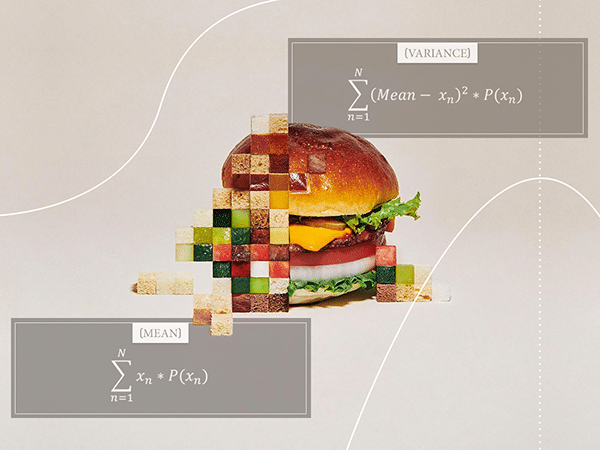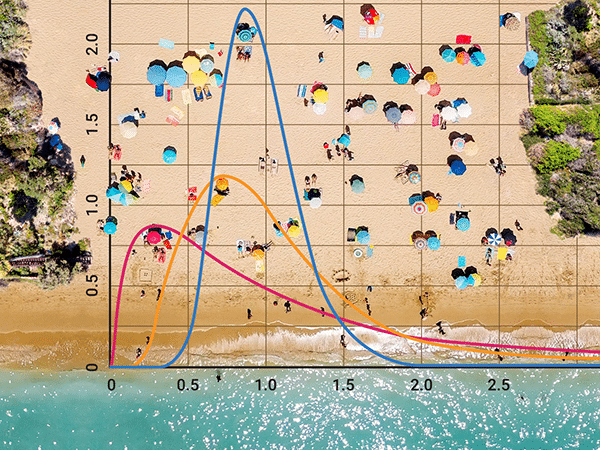
Hi, everyone! And welcome to my post about the binomial distribution! Just like the Bernoulli distribution, this is one of the most commonly used and important discrete probability distributions.
This post is part of my series on discrete probability distributions.
[Read more…]



 A few posts ago I introduced you to the “three M’s” of statistics — the concepts of
A few posts ago I introduced you to the “three M’s” of statistics — the concepts of